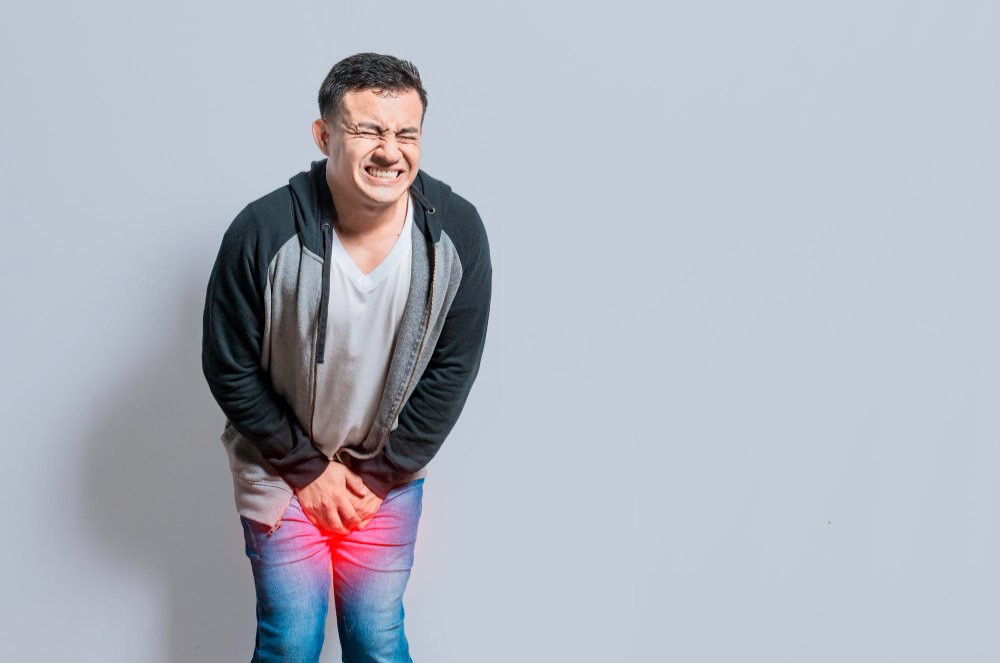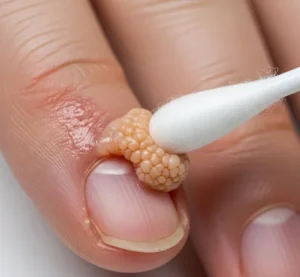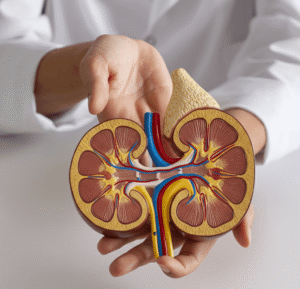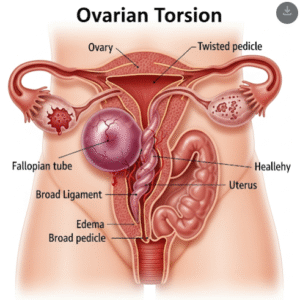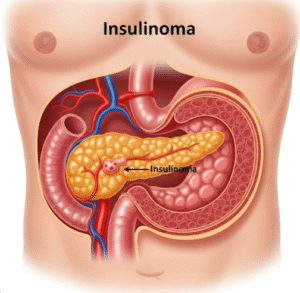Overview
Urethral Diverticulum is a pocket or sac that forms along the urethra, most commonly in women. This outpouching can trap urine and lead to chronic infections, pain, or difficulty with urination. Because symptoms often mimic other urinary disorders, diagnosis is frequently delayed. With proper imaging and treatment—often surgical—patients can achieve symptom relief and restored urinary function.
What is Urethral Diverticulum
Urethral Diverticulum is a localized outpouching or sac-like protrusion of the urethral lining that extends into the surrounding tissues. This abnormal cavity can collect urine, leading to infection, inflammation, or the formation of stones. Most cases occur in adult women, especially those aged 30–60, due to repeated infections, childbirth trauma, or prior surgeries. It is less common in men but can occur in association with urethral strictures or after instrumentation.
Symptoms
Urethral diverticulum may cause a range of symptoms that mimic other urological disorders:
- Recurrent urinary tract infections (UTIs)
- Pain during urination (dysuria)
- Urinary frequency and urgency
- Post-void dribbling
- Incontinence or feeling of incomplete emptying
- Pain during sexual intercourse (dyspareunia)
- Pelvic or vaginal pressure
- A palpable or tender mass along the vaginal wall (in women)
Causes
Urethral diverticulum usually results from chronic infection or trauma to the urethra. Specific causes include:
- Repeated urinary tract infections
- Obstruction of periurethral glands, causing abscess formation and rupture into surrounding tissues
- Childbirth-related injury or vaginal delivery trauma
- Urethral instrumentation or surgery
- Congenital abnormalities (rare, usually found in children or infants)
Risk Factors
- Female gender, especially between ages 30–60
- History of pelvic or vaginal surgery
- Recurrent urinary tract infections
- Trauma during childbirth
- Use of urinary catheters or surgical instruments
- Chronic inflammation or periurethral abscesses
Complications
- Persistent or recurrent UTIs
- Urethral stones forming inside the diverticulum
- Urinary incontinence
- Urethral stricture or narrowing
- Abscess or fistula formation
- Painful intercourse and relationship stress
- Rarely, cancer arising from the diverticulum (e.g., adenocarcinoma)
Prevention
While urethral diverticulum is not always preventable, certain steps may reduce the risk of its development or complications:
- Prompt treatment of UTIs and periurethral gland infections
- Avoid repeated urethral instrumentation, unless necessary
- Pelvic floor exercises to strengthen muscles and reduce strain
- Routine gynecologic and urologic exams in women with recurrent symptoms
- Safe childbirth practices and proper perineal care postpartum
Treatment Options in Korea
South Korea offers advanced diagnostic and surgical solutions for urethral diverticulum, especially through integrated gynecology and urology care:
- MRI or pelvic ultrasound: Essential for visualizing the diverticulum’s size, location, and complexity
- Cystourethroscopy: A camera-based examination to assess the urethral lining from the inside
- Antibiotic therapy: Used for infections associated with the diverticulum
- Surgical excision (diverticulectomy): The definitive treatment, typically performed through a vaginal approach
- Urethral reconstruction: To repair and restore normal anatomy after removal
- Postoperative catheterization and recovery support: Ensures healing and prevents stricture formation
- Follow-up care: To monitor for recurrence, evaluate voiding function, and support recovery
Korean medical centers provide skilled, minimally invasive approaches with excellent functional and cosmetic outcomes for patients with urethral diverticulum.

